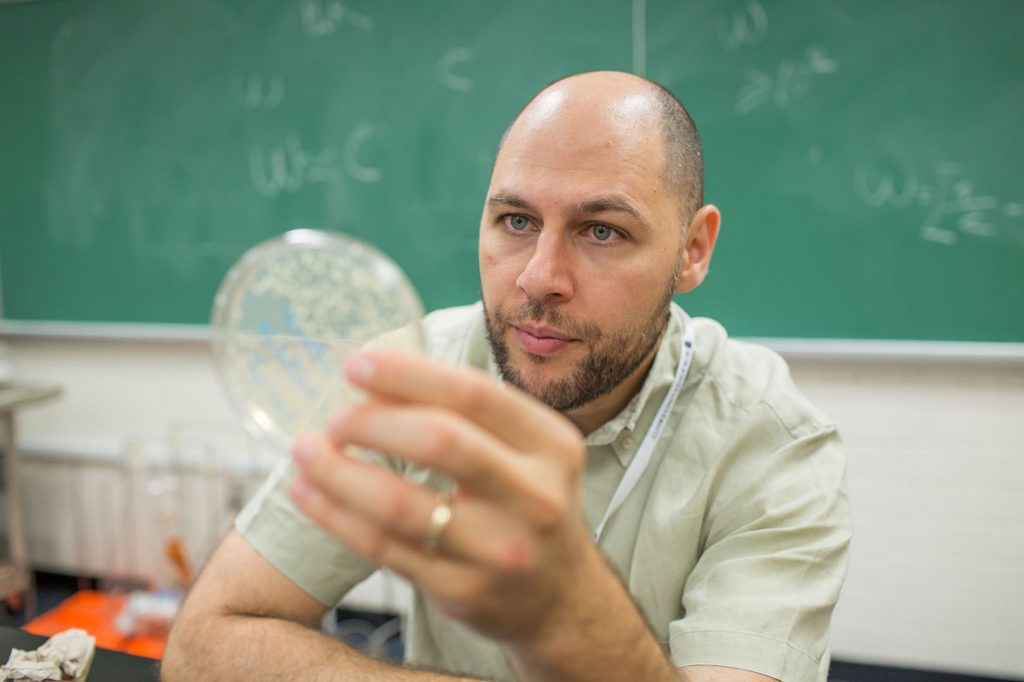Our world population is exploding. More and more people are living longer, and scientists expect the population to grow to 9 billion people by 2050. This rise in population will pose many problems that we need to anticipate and consider now. One major problem will be the availability of food. More people means a greater need for food. And a greater need to convert land previously used for farming into residential neighborhoods. Scientists must find a way to improve crop growth, increase yield and prevent decomposition through new research in genetic manipulation.
The three types of technologies currently used in genetic manipulation are classical plant crossbreeding, genetic modification and genome editing. Scientists are on the cusp of amazing breakthroughs in genome technology, but they need to be aware of society’s fear of genetic manipulation. Providing accurate and clear information will maintain scientists’ accountability and public awareness.
Crossbreeding
Breeding crops for better food has been done for decades to produce breeds that grow fuller, quicker, healthier and stronger. Using plants that already mutate in specific environments can result in a better food.
The main goal of crossbreeding is to produce plants that are resistant to chemicals used for killing pests and other harmful organisms. The problem with increased resistance is that as pesticidal chemical use increases, these chemicals seep into the plants and the ground, then run off into our groundwater.
Crossbreeding can also include the irradiation of plants to force beneficial mutations. The dangers of using this technology have not yet been widely studied. In any case, scientists have determined that crossbreeding has reached its limit of what it can bring to crop yield. New ways to increase crop yield now need to be developed.
Genetic Modification
A more recent technology in plant production is genetic modification (GM). In their article “Genome Editing of Crops: A Renewed Opportunity for Food Security,” Fawzy Georges and Heather Ray tell us that “GM crops are produced by the transfer of genes (transgenes) or gene elements of known function and their integration into random locations along the chromosome of the recipient plant (host plant).” The transfer usually takes place by inserting the desired genes into a donor cell (typically a bacteria) and then placing the donor cell into a host cell, where the desired genetic material is copied into the host cell’s DNA.
Another method used to introduce genetic material is by using a gene gun. A gene gun blasts the cells with pellets coated with the DNA to be transferred. As the pellets travel through the cell, they leave behind some of the genetic material which also includes an antibiotic. When the disrupted cells are inserted into a dish and exposed to a medium that the antibiotic is immune to, the cells will grow with the new DNA inserted.
Genetic modification has been used on many crops, but soybeans, corn, cotton and canola are the four most widely modified and accepted crops in the GM market. These crops are most commonly modified to be more resistant to herbicides and pests.
Genetic Editing: The CRISPR/Cas9 Method
The latest and most promising technology used to alter DNA is the CRISPR/Cas9 method. CRISPR stands for Cluster of Regularly Interspaced Short Palindromic Repeats. The process involves removing and replacing parts of the genome with other parts not typically in the DNA using the cell’s natural enzymes. As Georges and Ray observe, “Several previous methods continue to be used, but the greater simplicity, accuracy and development speed promised by CRISPR/Cas9 have brought it into quick prominence.”
The CRISPR/Cas9 method enhances DNA not only by adding beneficial genes but also by removing harmful genes. Only the imagination—and policies and values—can limit the applications for plant, animal and even human gene editing. Could this be used to eventually cure diseases such as cystic fibrosis, cancer, obesity or even blindness? In theory, yes, yet only the future can tell.
As science continues to make scientific advancements, scientists need to make sure they are noble and ethical in their pursuits and practices. Because public opinion controls future regulation, scientists must make an effort to report the advancements they make to the public. Keeping the public informed will go a long way in calming its fear about genetically manipulated food and will in turn keep the way clear for future scientific progress.
Learn more about BJU’s natural science programs.
This article was co-authored by student Scott Johnston and biology professor Vincenzo Antignani.








